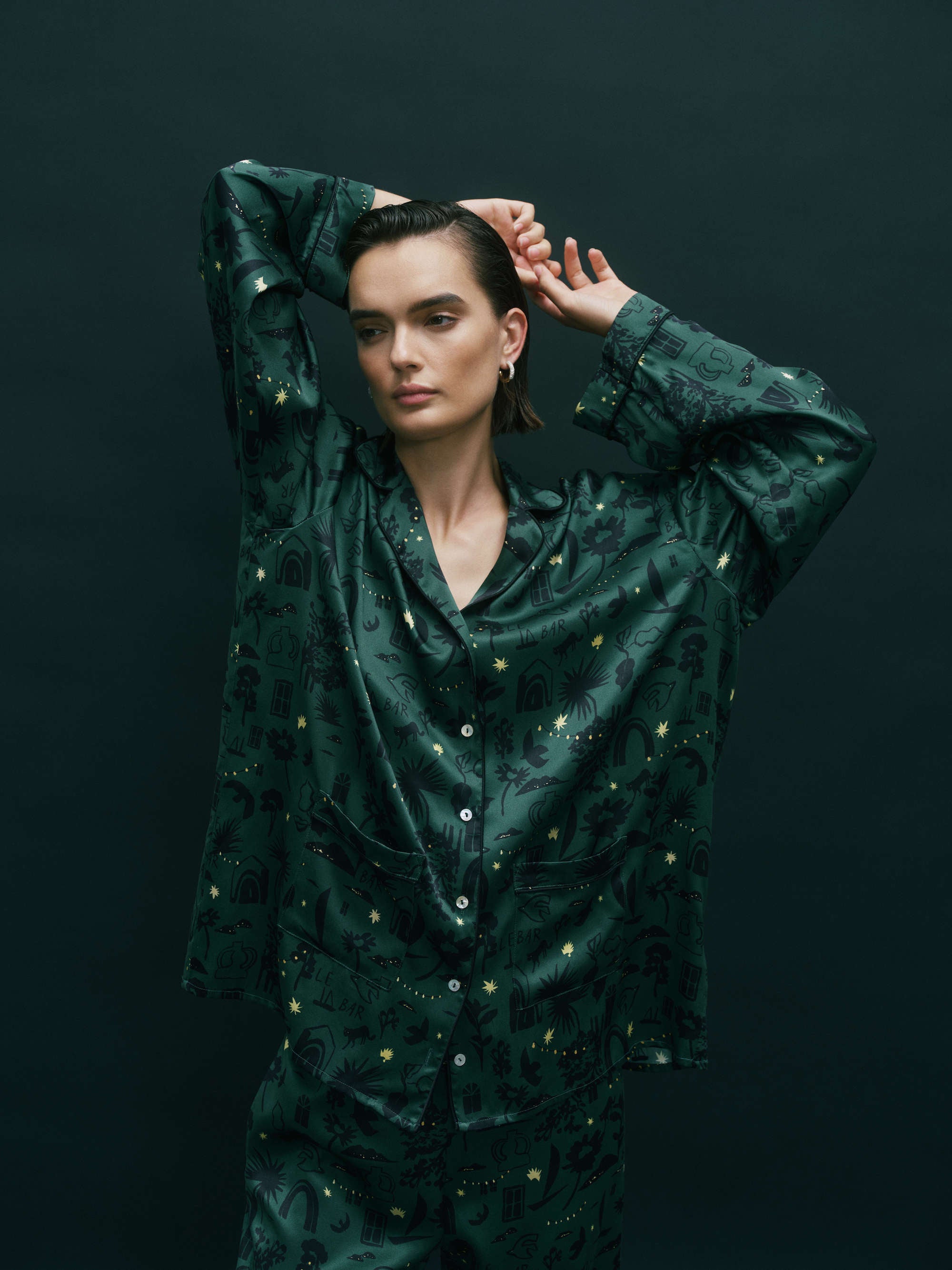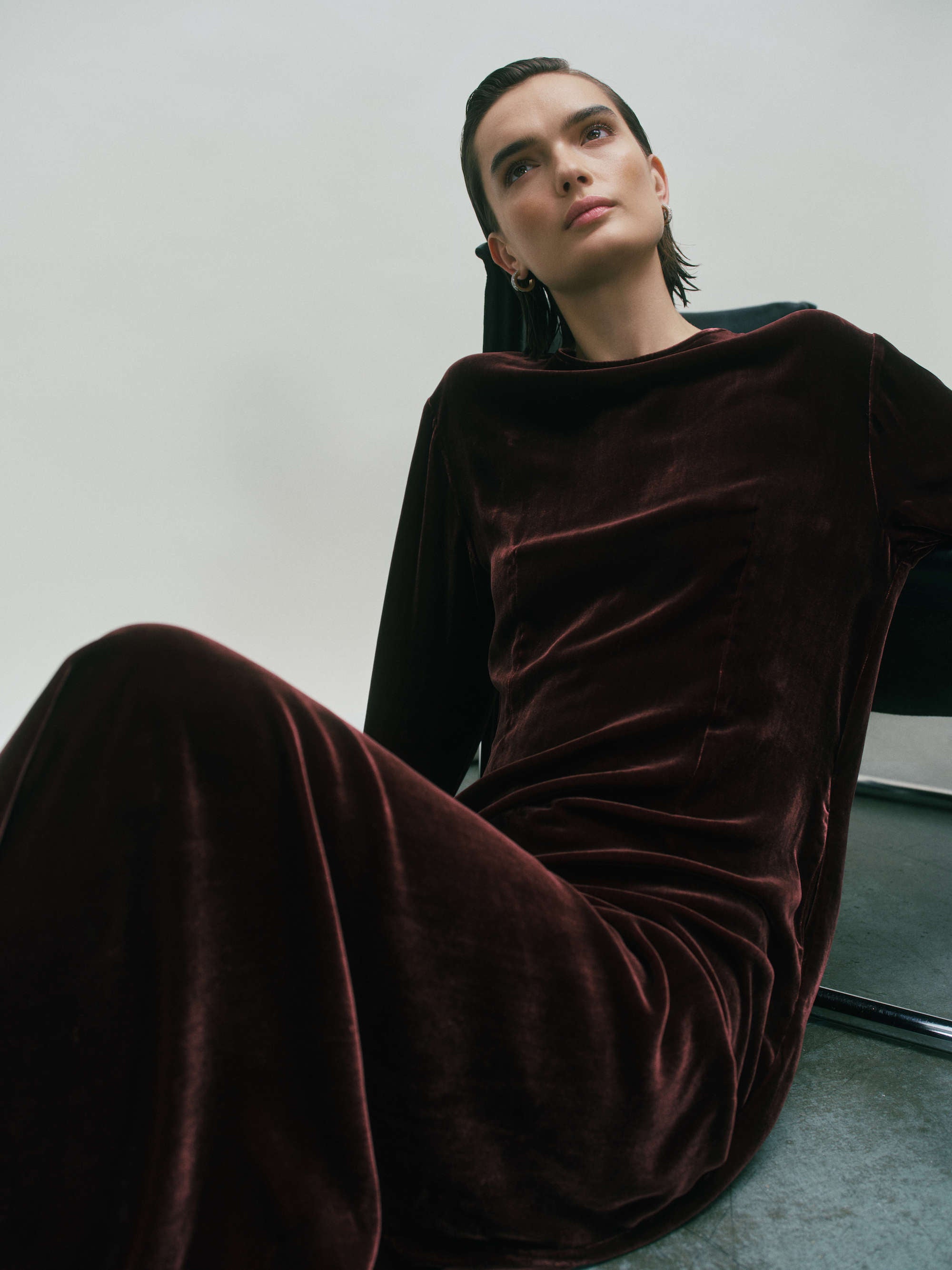What do you see for the future of design?
The best direction would be towards a sustainability that reveals opportunities to improve quality, increase value and spur innovation. William McDonough's 'Cradle to Cradle: Remaking the way we make things present' presents a timeless framework characterised by principles derived from nature - the most pertinent in this context being that everything is a resource for something else. In nature the 'waste' of one system becomes a food for another. Everything can be designed to be disassembled and safely returned to the soil as a biological nutrients or re-utilised as high quality materials for new products as technical nutrients without contamination. Rather than, seeking to minimise the harm we inflict, Cradle to Cradle reframes design as a positive, regenerative force - one that creates footprints to delight rather than lament in.
What do you love most about your work?
I find interiors endlessly fascinating because they make and shape new realities. The architect Robert Stern wrote 'the dialogue between client and architect is about as intimate as any conversation you can have, because when you're talking about building a house, you're talking about dreams.' The same is true, if not more so, for interior designers, I'm biased, of course, but from my perspective, buildings should be designed from the inside out, with a personal experience at the centre. In the West, we spend 87% of our lives inside buildings. Aside from offering shelter, safety and contentment, our interiors are an expression of the way we live, they shape our everyday routines and fundamentally affect our wellbeing. I believe that if you look after your space, your space will look after you. There is so much more to it than the largely shallow discourse that covers it - it is so much more than aesthetics. Whether it's the intimacy of the home, the efficiency of an office, the spectacle of a nightclub or the luxury of high-end fashion, what ties all our work together is the relationship between people and space. The objective is not simply to make a space feel special, but to make people feel special within it. A happy client and a well finished project gives me a great sense of purpose and achievement.
What is your favourite project to date and why?
I can't choose a favourite but I will always be particularly fond of my first retail project for Moda Operandi, Belgravia and my first hospitality project Chess Club, Mayfair. Both clients were dreamy in that they gave me clear briefs and boundaries in regards to deadlines and budgets and then gave me free reign to play.


